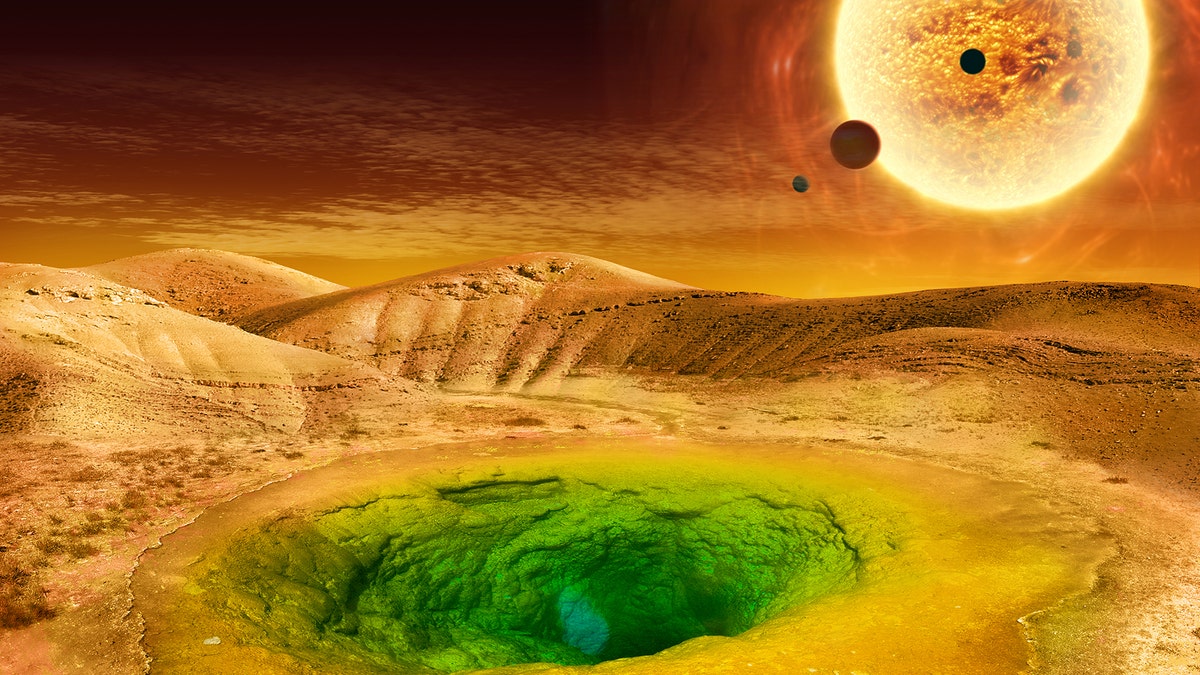
This image is an artist's conception of what life could look like on the surface of a distant planet. (Credit: NASA)
Calling all aliens: NASA wants you.
A new NASA research team will be devoted to finding life beyond Earth launched this week in Silicon Valley and will seek to find concrete answers on how life began on Earth and where it could exist elsewhere.
The “Center for Life Detection Science” will be part of NASA’s Ames Research Center in Mountain View, California, and will bring together a “new consortium of researchers” from in and out of NASA with expertise in physical science, biology, astrophysics and beyond, the release states.
“The search for life beyond Earth cannot be a one-size-fits-all approach… to give ourselves the best shot at success, we need to develop tools and strategies that are tailored to detecting life in the unique conditions of other worlds, which are very different not only from Earth but also from each other,” said Tori Hoehler, the principal investigator of CLDS and a researcher at Ames.
“We now have the scientific and engineering expertise to address this profound question [are we alone?] with the clarity of scientific evidence — and we have a great community of scientists ready for that grand challenge.”
The CLDS will be joined by teams from Georgetown University and the Georgia Institute of Technology.
Investigators from Georgetown’s Laboratory for Agnostic Biosignatures will examine “fingerprints of life” and will attempt to recognize life “as we don’t know it” from faraway lands where life could look much different from Earth’s.
Georgia Tech’s Oceans Across Space and Time team will investigate the likelihood of past or present life in the solar system’s icy, outer moons or on ancient Mars.
In the coming year, dozens of teams will join the project, which is modeled after NASA’s 2015 Nexus for Exoplanet System Science, which was developed to study the habitability of faraway planets. Ideally, the research groups would be working hand in hand on future space conquests.
This story originally appeared in the New York Post.